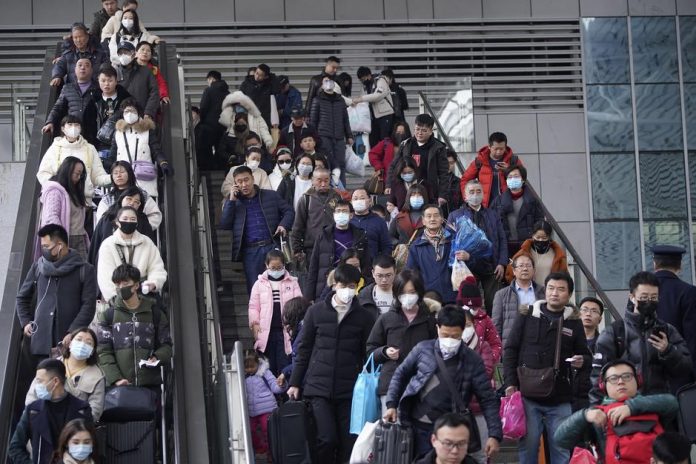
NEW YORK – Woes over novel coronavirus (2019-nCoV) outbreak from China have largely overshadowed corporate results, but the back half of the earnings season could hold greater sway over the performance of individual stocks.
Earnings-related stock moves have been smaller this season in comparison with the average over the past 12 quarters, according to data from options research company ORATS.
The muted moves reflect a broader trend of subdued volatility that had limited price fluctuations in a range of assets over the last several months. Some of that calm was disrupted this week, as mounting concerns over the spread of the coronavirus on Friday dealt the benchmark S&P 500. SPX stock index its biggest daily percentage loss since October.
The dampened earnings-related moves have benefited options sellers, who profit when the change in share price is smaller than expected.
Yet betting that earnings-related moves will remain subdued could soon become more costly.
Options traders have priced in more volatility for broader exchange-traded funds. Implied volatility on the SPDR S&P 500 ETF Trust, which shows expectations for future stock swings, has climbed since mid-January, according to data from Trade Alert. That rise coincides with mounting concerns over the potential economic impact of the outbreak.
“The options market is reflecting this new risk, this coronavirus risk,” said Ophir Gottlieb, chief executive of Capital Market Laboratories in Los Angeles.
At the same time, according to ORATS data, the fourth and fifth weeks of the six-week earnings season have usually reaped the greatest rewards for traders buying options in anticipation of outsized stock moves.
Earnings-related moves tend to be greater in those weeks in part because smaller companies, whose stocks are often more volatile, tend to report later in the season, said Matt Amberson, founder of ORATS, in Portsmouth, New Hampshire.
Options for several S&P 500 SPX companies reporting this week – including Chipotle Mexican Grill Inc,Twitter Inc and Coty Inc – show a gap of several percentage points between investors’ expectations for share moves and past share performance after quarterly reports.
It appears that the cost of buying options on individual stocks ahead of a company’s earnings report is “getting cheaper when it should be getting more expensive,” Amberson said. (Reuters)







